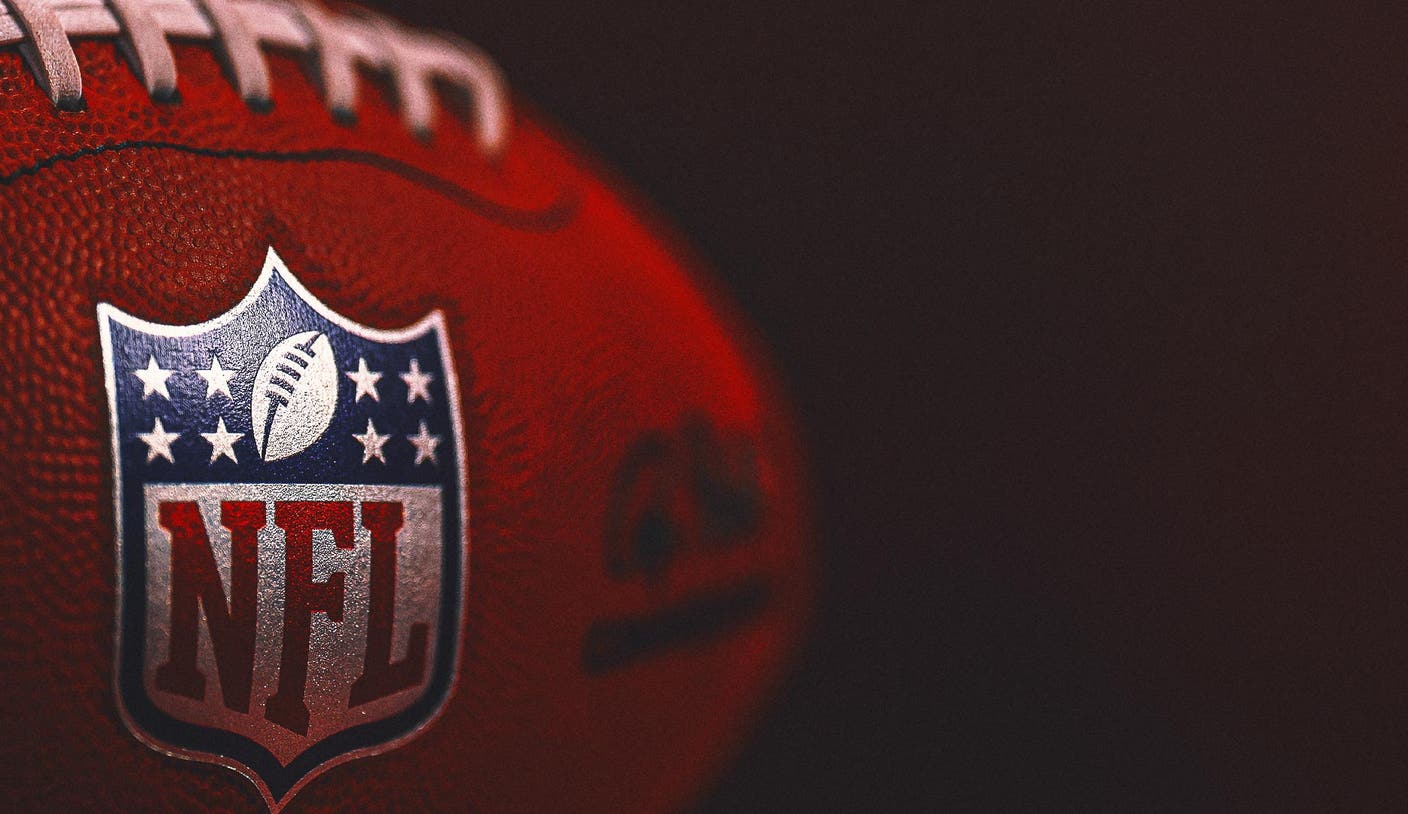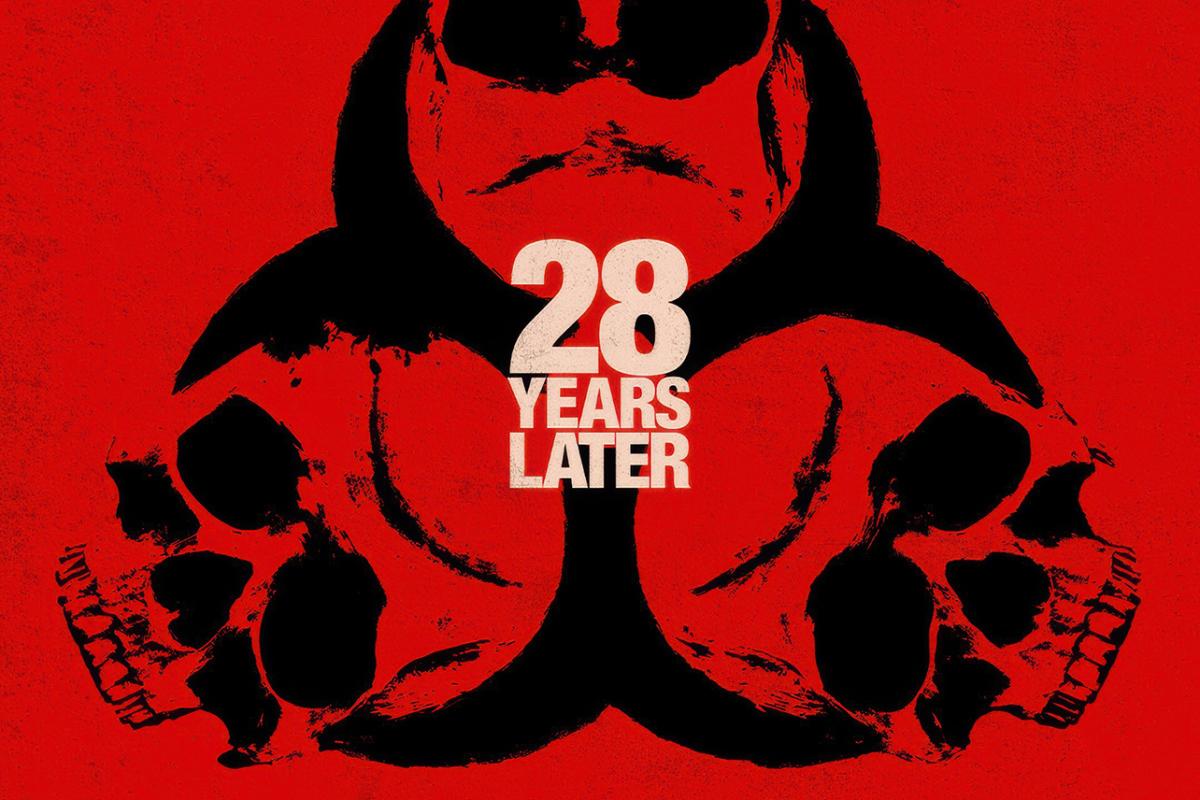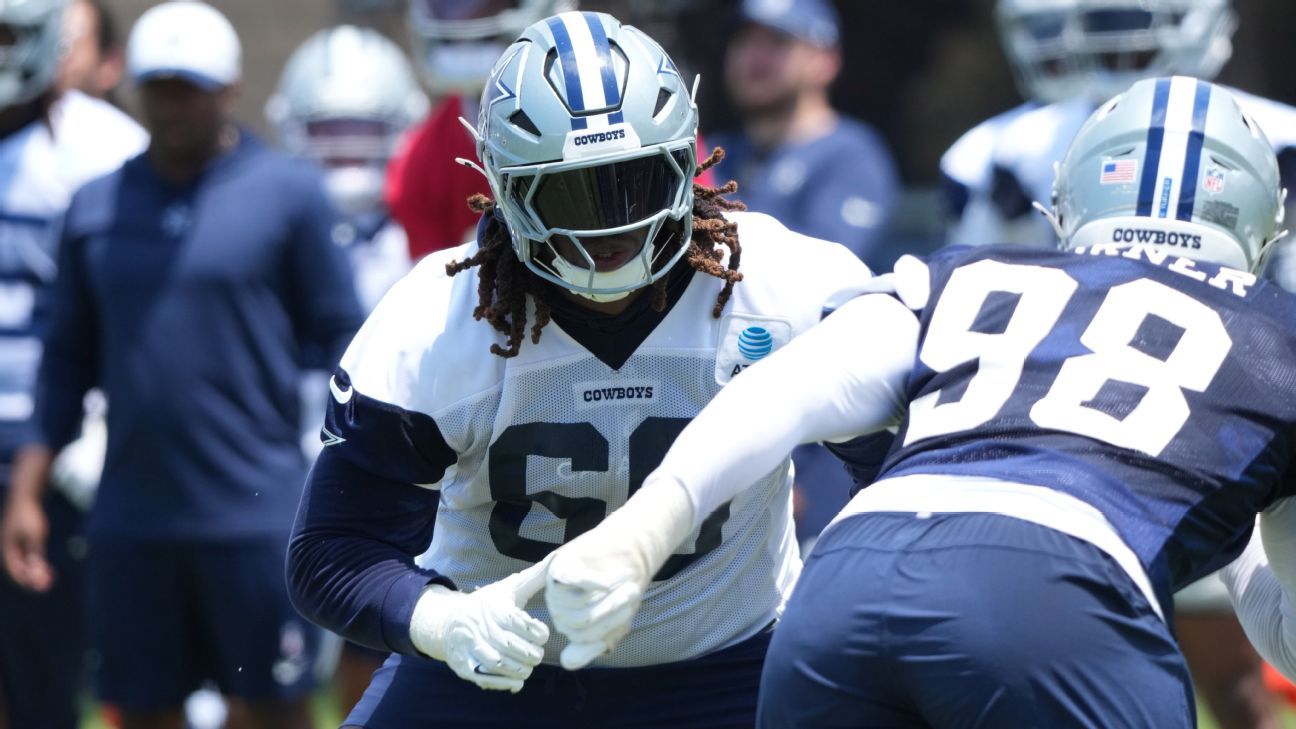How To View The Late July Meteor Showers: A Beginner's Guide

Welcome to your ultimate source for breaking news, trending updates, and in-depth stories from around the world. Whether it's politics, technology, entertainment, sports, or lifestyle, we bring you real-time updates that keep you informed and ahead of the curve.
Our team works tirelessly to ensure you never miss a moment. From the latest developments in global events to the most talked-about topics on social media, our news platform is designed to deliver accurate and timely information, all in one place.
Stay in the know and join thousands of readers who trust us for reliable, up-to-date content. Explore our expertly curated articles and dive deeper into the stories that matter to you. Visit Best Website now and be part of the conversation. Don't miss out on the headlines that shape our world!
Table of Contents
How to View the Late July Meteor Showers: A Beginner's Guide
The Perseids aren't the only meteor shower worth watching! Late July offers a celestial spectacle for stargazers: the Delta Aquariids and Alpha Capricornids. While not as prolific as the Perseids, these meteor showers offer a charming display of shooting stars, perfect for a summer night's viewing. This beginner's guide will equip you with everything you need to witness this breathtaking astronomical event.
Understanding the Delta Aquariids and Alpha Capricornids
Before you grab your blankets and head outdoors, let's understand the celestial players. The Delta Aquariids, peaking around July 28-29, are known for their long, bright streaks across the night sky. Originating from debris left behind by comet 96P/Machholz, these meteors often appear to radiate from the constellation Aquarius.
The Alpha Capricornids, peaking around July 29-30, are less numerous but known for producing bright fireballs. Their radiant point lies in the constellation Capricornus. While fewer meteors are visible compared to the Delta Aquariids, the sheer brightness of the Alpha Capricornids makes them a rewarding sight.
Essential Tips for Optimal Meteor Shower Viewing
-
Find a Dark Location: Light pollution is the biggest enemy of meteor shower viewing. Escape city lights and head to a rural area with minimal light interference. The darker the sky, the more meteors you'll see. Consider using a to find the darkest spot near you.
-
Give Your Eyes Time to Adjust: Arrive at your viewing location at least 30 minutes before the peak time to allow your eyes to fully adjust to the darkness. Avoid looking at your phone or other bright screens during this time.
-
Be Patient: Meteor showers aren't predictable. There will be periods of inactivity followed by bursts of activity. Be patient and enjoy the overall experience of being under the stars.
-
Bring the Right Gear: A comfortable blanket or reclining chair is crucial for a relaxing viewing experience. Warm clothing is also recommended, even in summer, as nights can get surprisingly chilly. Binoculars aren't necessary for meteor showers; your naked eyes are the best tool!
-
Check the Weather Forecast: Cloudy skies will obviously hinder your viewing experience. Check the weather forecast before you go to ensure clear skies.
When and Where to Look
While the radiant points for both showers are in Aquarius and Capricornus, you don't need to focus solely on those constellations. Meteors can appear anywhere in the sky. Lie down on your back and look upwards, taking in as much of the sky as possible. The best time to view both showers is after midnight, when the radiant points are highest in the sky.
Beyond the Meteor Showers: Enjoy the Night Sky
Take advantage of your dark location to explore the wonders of the night sky beyond the meteor showers. Use a stargazing app like Stellarium or SkySafari to identify constellations and planets visible that night. This can significantly enhance your overall stargazing experience.
Conclusion: Embrace the Celestial Show
The late July meteor showers offer a fantastic opportunity to connect with nature and witness the beauty of the cosmos. By following these simple tips, you can significantly enhance your chances of enjoying a memorable meteor shower viewing experience. So, pack your blanket, find a dark spot, and prepare to be amazed! Remember to share your experiences and photos using #DeltaAquariids and #AlphaCapricornids on social media!

Thank you for visiting our website, your trusted source for the latest updates and in-depth coverage on How To View The Late July Meteor Showers: A Beginner's Guide. We're committed to keeping you informed with timely and accurate information to meet your curiosity and needs.
If you have any questions, suggestions, or feedback, we'd love to hear from you. Your insights are valuable to us and help us improve to serve you better. Feel free to reach out through our contact page.
Don't forget to bookmark our website and check back regularly for the latest headlines and trending topics. See you next time, and thank you for being part of our growing community!
Featured Posts
-
 Curtis Sliwas Mayoral Bid Will He Finally Retire The Red Beret
Jul 29, 2025
Curtis Sliwas Mayoral Bid Will He Finally Retire The Red Beret
Jul 29, 2025 -
 Nascar History Made Bubba Wallace Triumphs At Brickyard 400
Jul 29, 2025
Nascar History Made Bubba Wallace Triumphs At Brickyard 400
Jul 29, 2025 -
 Dramatic Finish Crowns Jeopardy S 41st Season
Jul 29, 2025
Dramatic Finish Crowns Jeopardy S 41st Season
Jul 29, 2025 -
 Spains Bonmati Speaks Out Shock And Disappointment After Euros Defeat
Jul 29, 2025
Spains Bonmati Speaks Out Shock And Disappointment After Euros Defeat
Jul 29, 2025 -
 Netflixs Wwe Unreal Documentary Premiere Date Time And Cast Announced
Jul 29, 2025
Netflixs Wwe Unreal Documentary Premiere Date Time And Cast Announced
Jul 29, 2025
Latest Posts
-
 At Least Two Shot In Midtown Manhattan Office Building Nfl And Financial Firms Impacted
Jul 30, 2025
At Least Two Shot In Midtown Manhattan Office Building Nfl And Financial Firms Impacted
Jul 30, 2025 -
 28 Years Later Digital Streaming A Critical Review
Jul 30, 2025
28 Years Later Digital Streaming A Critical Review
Jul 30, 2025 -
 Nfl News Cowboys Guytons Knee Injury Sidelines Him Surgery Unnecessary
Jul 30, 2025
Nfl News Cowboys Guytons Knee Injury Sidelines Him Surgery Unnecessary
Jul 30, 2025 -
 Paige Bueckers Game Today Best Bets And Odds
Jul 30, 2025
Paige Bueckers Game Today Best Bets And Odds
Jul 30, 2025 -
 Manchester United Explore Onana Alternatives Premier League Target Emerges
Jul 30, 2025
Manchester United Explore Onana Alternatives Premier League Target Emerges
Jul 30, 2025
